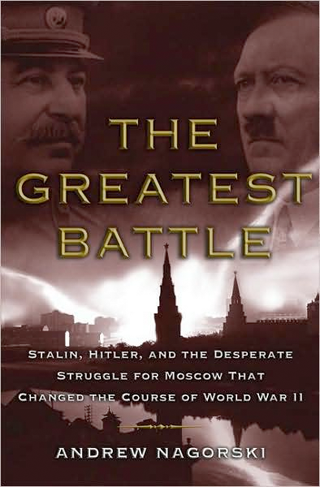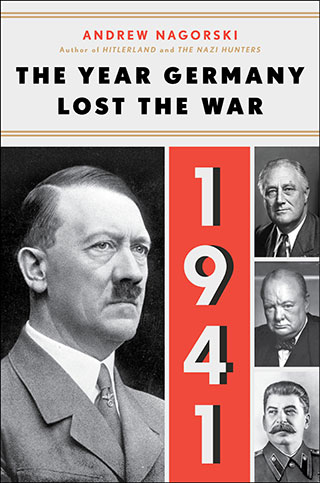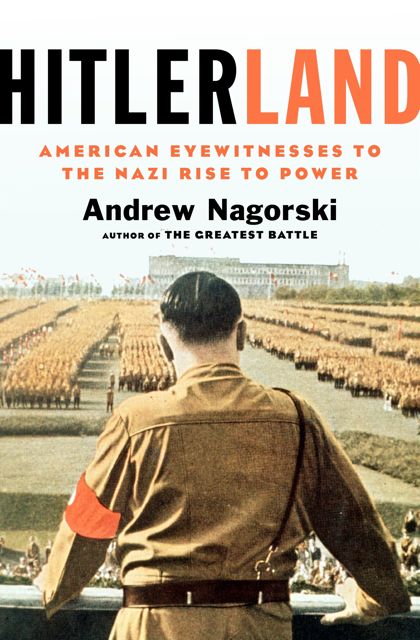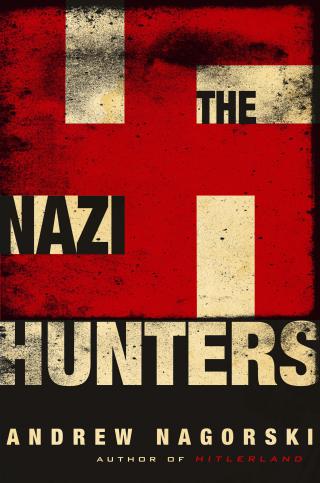By mid-October 1941, most of Moscow’s residents were convinced that their city was about to be overrun by the Germans. The NKVD, as the Soviet secret police was then called, had prepared the first of what promised to be a series of pamphlets. “Comrades! We left Moscow due to the continuous attacks of the Germans,” it declared. “But it’s not the right time for us to weep.” The “Underground Party Committee” that signed the statement vowed that Moscow would be liberated. Since the city held out in the end, this admission of defeat was ultimately buried in the NKVD’s classified files rather than distributed. In fact, much of the story of how close Moscow came to falling—a defeat that would likely have transformed the course of the war—has been obscured by decades of deliberately distorted history. Now it’s a story that can be told.
The battle for Moscow, which officially lasted from Sept. 30, 1941, to April 20, 1942, pitted two gargantuan armies against each other in what was the greatest clash of arms in human history. Seven million men were involved in some stage of this struggle—twice the number who would later fight at Stalingrad, which most people erroneously believe was the bloodiest battle of World War II. The losses were more than twice that of Stalingrad; during the battle for Moscow, 2.5 million were killed, missing, taken prisoner or severely wounded, with 1.9 million of those losses on the Soviet side.
For the first time a Hitler blitzkrieg was stopped, shattering his dream of a swift victory over the Soviet Union. The defeat was also the first signal that Germany would lose the war. As Fabian von Schlabrendorff, a German officer who later joined the conspiracy against Hitler, explained, it destroyed “the myth of the invincibility of the German soldier.” And yet the battle for Moscow is now largely forgotten.
This is no accident. Any honest account of the battle for Moscow would undermine the Soviet story line of “The Great Patriotic War.” Those sanitized versions, now reinforced in the era of President Vladimir Putin, portray Joseph Stalin as a military genius and his people as heroically united against the German invader. (It’s no coincidence that Stalin’s reputation plummets when there’s a period of liberalization in Russia and rises when there’s a new clampdown.) But it was Stalin’s blunders, incompetence and brutality that made it possible for German troops to approach the outskirts of Moscow—and to kill or capture so many Soviet troops along the way.
Boris Vidensky was a cadet at the Podolsk Military Academy when the war started and was one of the lucky few of his class who survived when they were thrown, thoroughly unprepared, against the advancing Germans. He went on to become a senior researcher at the Military History Institute in Moscow. In retirement, he recounted that after the war, Marshal Georgy Zhukov, the legendary Red Army commander, ordered his deputy to roughly calculate the losses of his troops near Moscow. When the deputy showed him the number he came up with, Zhukov quickly barked out an order: “Hide it and don’t show it to anybody!”
It wasn’t just the human toll that was embarrassing; after all, Stalin always considered his soldiers—and anyone else—to be expendable. He never flinched at sending millions to their deaths. More unsettling was that fact that, while some troops fought heroically from the start, hundreds of thousands surrendered to the enemy at the moment of the country’s greatest peril. And many civilians panicked, engaging in looting and other forms of lawlessness that were normally unthinkable in Stalin’s police state. No wonder that Soviet histories preferred to move on quickly to talk about other battles.
Those Muscovites who remember Oct. 16, 1941, the day when everyone assumed the Germans were about to arrive, still speak about it with a sense of astonishment. Dmitry Safonov, who was working at an artillery factory near Moscow that was to be evacuated to the Urals, had returned that day to pick up some belongings. “All of Moscow seemed to be streaming out somewhere,” he recalled. Cars and trucks were loaded down with personal belongings, and at the railroad station Safonov saw suitcases, bags, clothes, lamps, even a piano, all abandoned by those who were trying to board anything that was moving out. The train platforms were jammed with people. “I hardly recognized the city,” he said.
Looters attacked food stores, factory workers went on strike, and angry crowds blocked those who were trying to flee in cars, pulling them out, beating and robbing them. Other residents tore down their posters of Marx and Lenin, stuffing them and other communist propaganda into garbage bins outside. That would have been an unspeakable crime before, but no one was enforcing the old rules. Thick black smoke arose from the chimneys of the Lubyanka, the NKVD headquarters, as the secret police hastily burned their files. Much of the Soviet government, along with foreign diplomats and journalists, had just been evacuated by rail to Kuibyshev, the Volga city about 600 miles away that was supposed to serve as the new base for the government once the capital fell. And Stalin was expected to join them within a day or two. A special train was already waiting at the station, along with his personal Douglas DC-3 and three other planes in case he had to make an even hastier exit.









